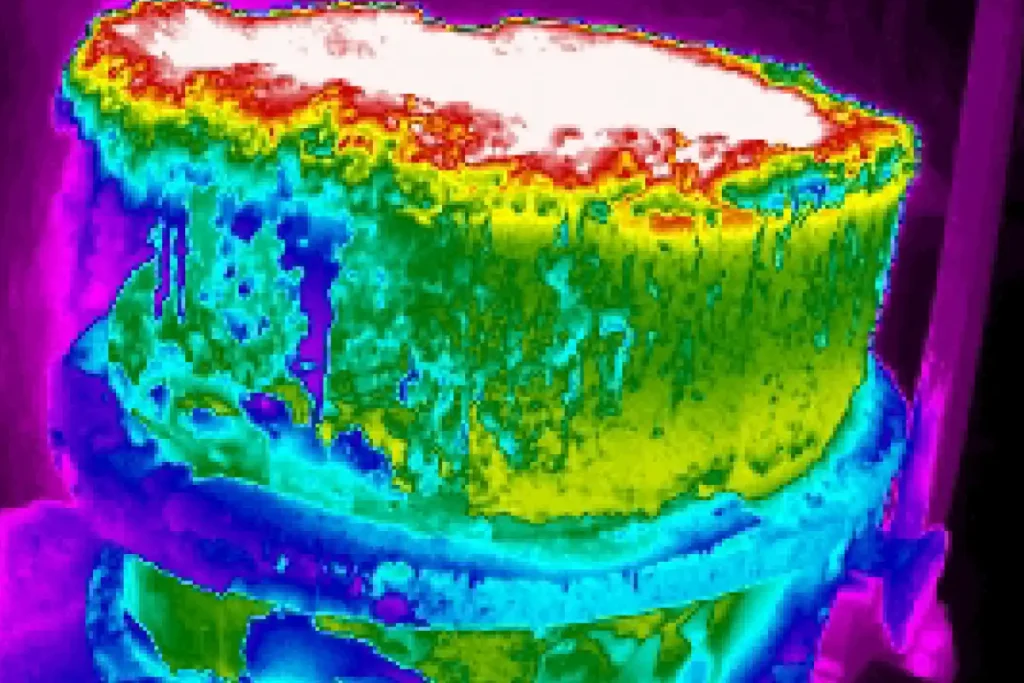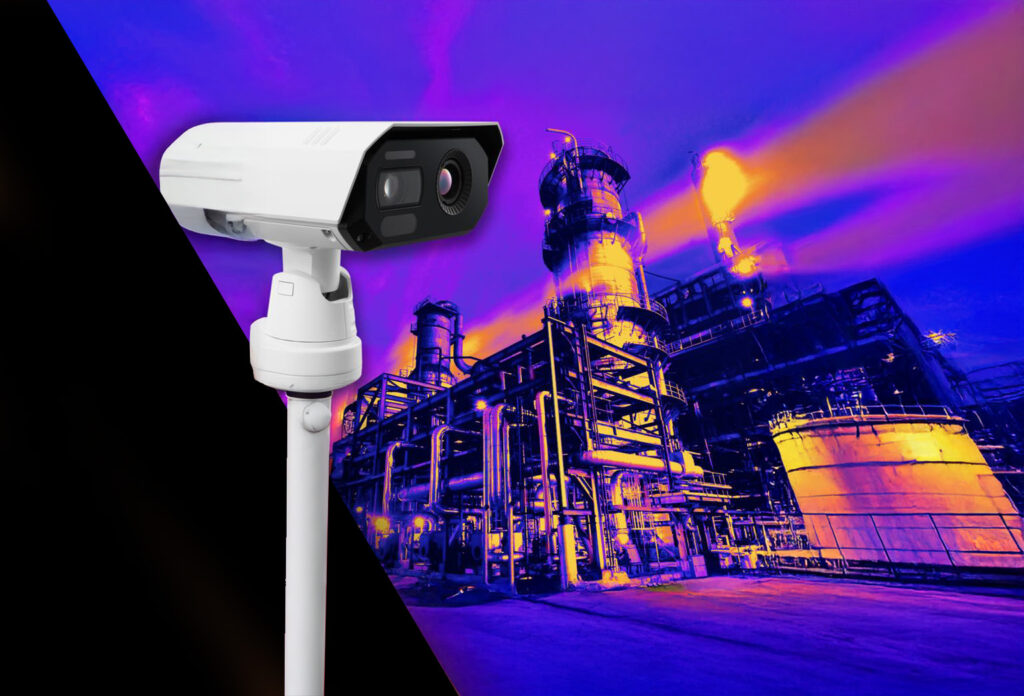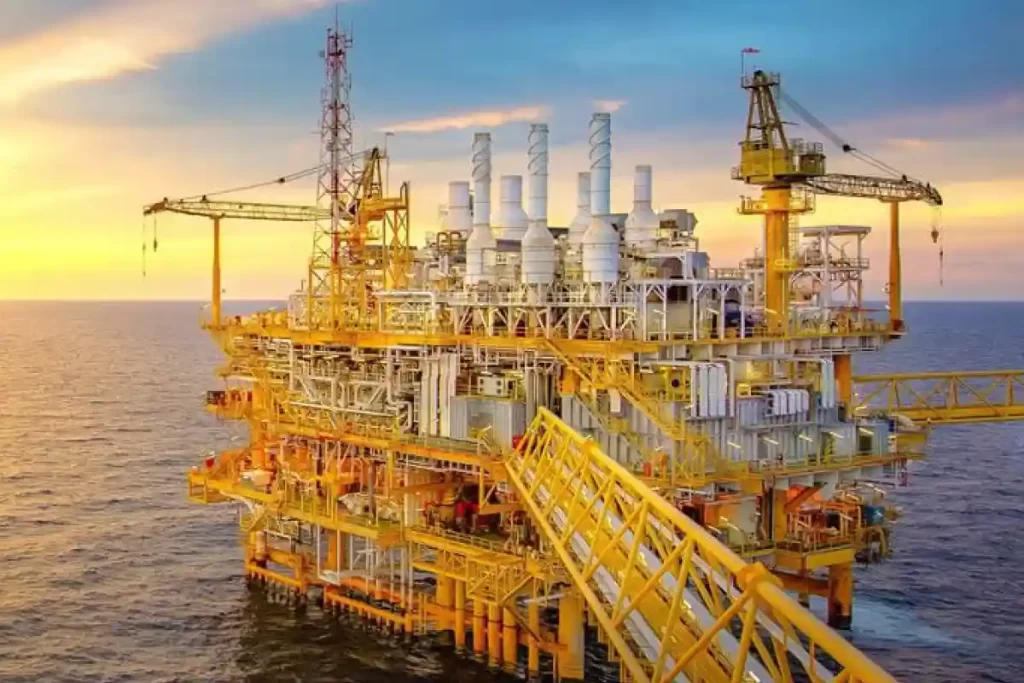Infrared Imaging and the Push for Net-Zero Emissions

The global movement toward net-zero emissions has sparked innovation across industries, from energy to manufacturing. As organizations face pressure to reduce their carbon footprint and comply with environmental regulations, advanced technologies have emerged to help meet these ambitious goals. One such technology is infrared imaging, a powerful tool that plays an increasingly vital role in […]
Fixed vs. Handheld Infrared Cameras: Which One Do You Need?

Infrared cameras are powerful tools for detecting heat patterns, identifying faults, and enhancing safety across a wide range of industries. Whether you’re monitoring electrical systems, inspecting mechanical equipment, or detecting gas leaks, thermal imaging delivers real-time insights that improve operational efficiency and prevent costly failures. But before diving into an infrared solution, there’s a key […]
Thermal Imaging and IoT: The Future of Predictive Maintenance
In today’s fast-paced industrial landscape, keeping operations running smoothly is critical. Gone are the days of reactive maintenance, where teams fix machines after they fail. Instead, companies are turning to predictive maintenance — a smarter, data-driven approach that anticipates issues before they happen. And at the center of this innovation? The powerful combination of thermal […]
Comparing Thermal Imaging Software: What Features Matter Most?

As thermal imaging software continues to evolve, the role of software has become just as important as the hardware itself. The thermal imaging camera may capture the data, but it’s the software that turns those readings into actionable insights — especially in industries like energy, manufacturing, aerospace, and environmental monitoring. Whether you’re using thermal imaging […]
Why Infrared Cameras Are Essential for Substation and Power Grid Monitoring
As demand for electricity continues to surge and infrastructure ages, ensuring the health and reliability of the power grid has never been more critical. Substations are vital components of this system, acting as junction points where electricity is transformed and distributed across large areas. Power grid monitoring, substations, along with transmission lines and other grid […]
The Future of EPA Emissions Technology: Advancements in Infrared Gas Detection

The Evolving Landscape of EPA Emissions Technology As environmental concerns continue to grow, regulatory bodies like the Environmental Protection Agency (EPA) are tightening emissions standards to minimize the impact of harmful gases on the atmosphere. EPA emissions technology has seen significant advancements in recent years, with infrared gas detection emerging as a key tool for […]
SF6 Leak Detection: How Infrared Cameras Help Reduce Sulfur Hexafluoride Emissions

Understanding the Importance of SF6 Leak Detection Sulfur hexafluoride (SF6) is a widely used gas in various industrial applications, particularly in electrical equipment such as circuit breakers, switchgear, and transformers. Despite its effectiveness as an insulating gas, SF6 is also one of the most potent greenhouse gases, with a global warming potential (GWP) over 23,000 […]
Understanding the New Quad O Standards: What Oil & Gas Companies Need to Know

Introduction Environmental regulations continue to evolve as the U.S. Environmental Protection Agency (EPA) tightens its focus on reducing harmful emissions. Among the most impactful rules for the oil and gas industry are the New Quad O standards, Quad OA standards, and OOOOA standards, all designed to curb methane and volatile organic compound (VOC) emissions. For […]
Meeting EPA Methane Regulations: How Infrared Technology Ensures Compliance
Introduction Methane emissions have become a major focus of environmental regulations, with the U.S. Environmental Protection Agency (EPA) introducing stricter guidelines to curb greenhouse gas emissions. The EPA methane regulations are designed to mitigate climate change impacts by requiring industries to monitor and reduce methane leaks. One of the most effective ways to ensure compliance […]
The Role of Infrared Technology in Factory Automation
In modern manufacturing, efficiency, precision, and safety are crucial. As industries evolve, integrating advanced infrared technology in factory automation has become a game-changer. Infrared technology enhances operational efficiency by enabling predictive maintenance, improving quality control, optimizing energy use, and enhancing workplace safety. This blog explores how IR technology is revolutionizing factory automation and why it […]
